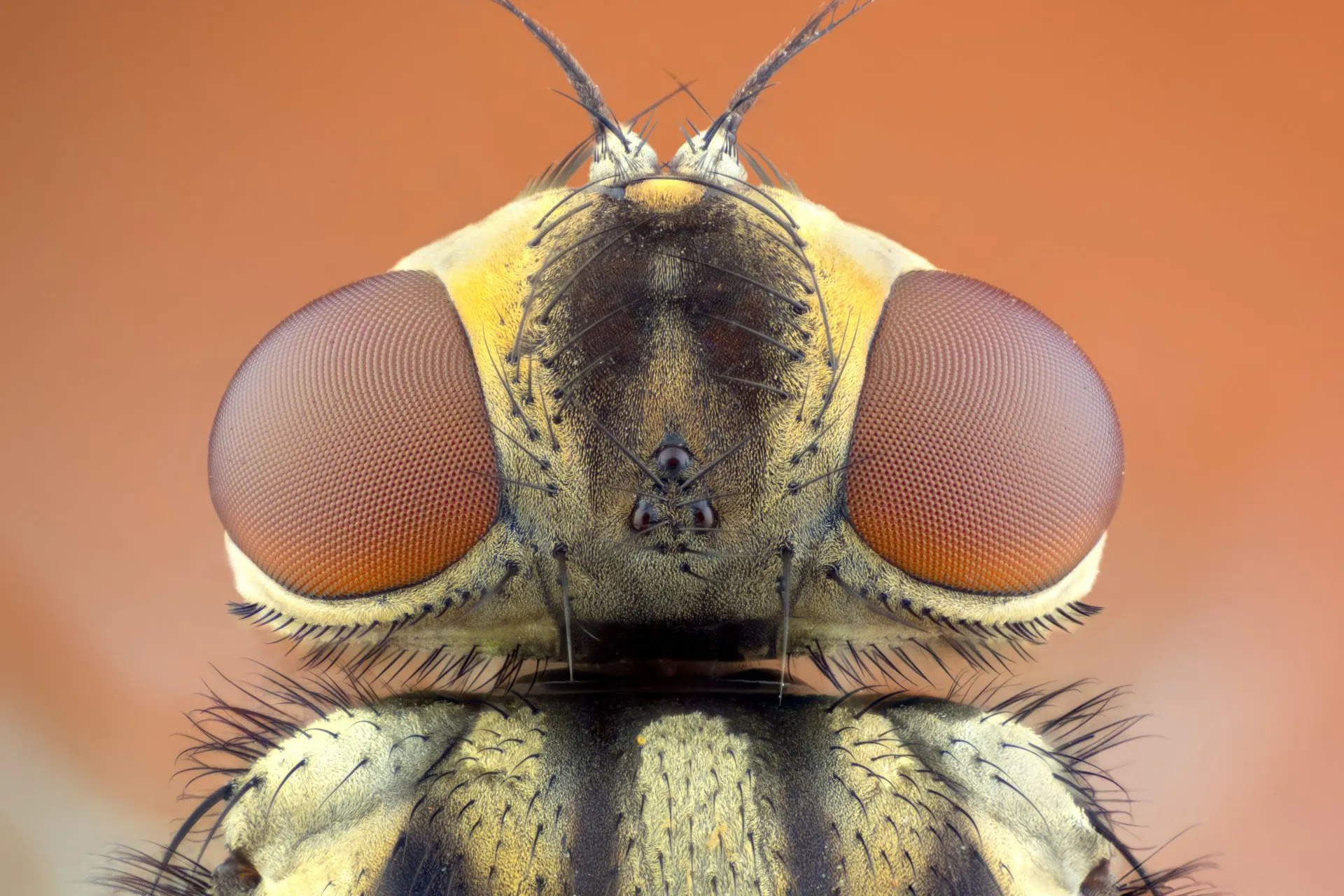Stable Fly became a declared pest in Western Australia in 2013 as its population spread grew significantly in developing coastal areas. Its control under the WA Biosecurity Act was a temporary measure, now up for review.
Stomoxys calcitrans is now found from Dandaragan, 180 km north of Perth, to Capel near Busselton, 200km south.
The fly was declared a pest for good reason – it feeds on the blood of mammals to complete its lifecycle. It inflicts a painful bite, digging through the skin of its victim to feed on blood, impacting the health of the victim. It is also notoriously challenging to control.
Also known as biting flies and dog flies, they are most commonly active from late spring through to late autumn. They lay their eggs in manure and rotting vegetable matter, where the maggots hatch and feed. As adult flies emerge, they seek out water and animals, having 3 to 4 blood feeds a day to complete their lifecycle – with horses and cattle being a favourite.
As fruit and vegetable production sites have expanded across the state, they have come into closer proximity to livestock properties and urban areas. Even if a property runs only stock with no crops, or vice-versa, the proximity of decomposing animal waste and crop waste rotting after harvest creates suitable breeding sites for Stable Fly. So, what can be done to manage these pests?
Research by entomologist Dr David Cook (Senior Research Entomologist Department of Primary Industries and Regional Development, and Adjunct Professor at University of Western Australia) has shown that newly hatched Stable Fly larvae are capable of digging to the surface from a meter underground. One management solution he found includes burying rotting plant matter deeper in the ground and/or compacting the soil over the top can prevent the larvae from reaching the surface.
Dr Cook’s work has also incorporates other lifecycle disruption techniques such as trapping systems, and animal treatments and measures aimed at lessening the effect of the flies on animals.
Not only do the fly bites inflict pain and discomfort to the animals it feeds on, the wounds can become infected and cause reduced weight and condition, illness and death. Horses can be protected using rugs and face masks; repellents are available for stock and pets; and some traps can be effective. However, keeping up these efforts to a large herd can be a costly endeavour and a collaborative effort by land holders and land management authorities is needed.
In 2019, the Biosecurity and Agriculture Management (Stable Fly) Management Plan was gazetted as a temporary amendment to the Western Australian Biosecurity and Agriculture Management Act (2007) to specifically regulate management requirements for Stable Fly. It outlines efforts that landowners must take to actively help control the Stable Fly’s breeding cycle, including:
- Not storing or using commercially derived untreated poultry manure from another property on irrigated fields
- Ensuring fruit and vegetable crops are harvested upon maturity and remaining plant matter is not allowed to rot in the field
- Fodder must be fed to stock either spread thinly or on a hard surface, with fruit and vegetables not to be fed unless within a box or trough
- Manure and soiled bedding must be monitored for the presence of Stable Fly and treated according to the Plan
The amendment is due for review by the Minister for Agriculture in 2023 and there are many landowners and organisations keen to see it remain. Some additional management practices are being considered for inclusion being found effective.
For more information on Stable Fly, to report sightings and learn how to manage it, visit the Stable Fly Action Group website and read the Stable Fly Management FAQs from the Department of Primary Industries and Regional Development (DPIRD).
Perth NRM’s Regional Agriculture Landcare Facilitator (RALF) works with the Stable Fly Action Group as part of the WA RALF ‘Communities of Practice’. The RALF position is funded by the Australian Government’s National Landcare program (NLP).
References
Image thanks to Stable Fly Action Group
https://www.stableflyactiongroup.org.au/
https://irp.cdn-website.com/4054fc42/files/uploaded/Stable_fly_management_FAQs.pdf
Partners
We acknowledge and appreciate the support of all our partners, supporters, funding bodies and sponsors.

